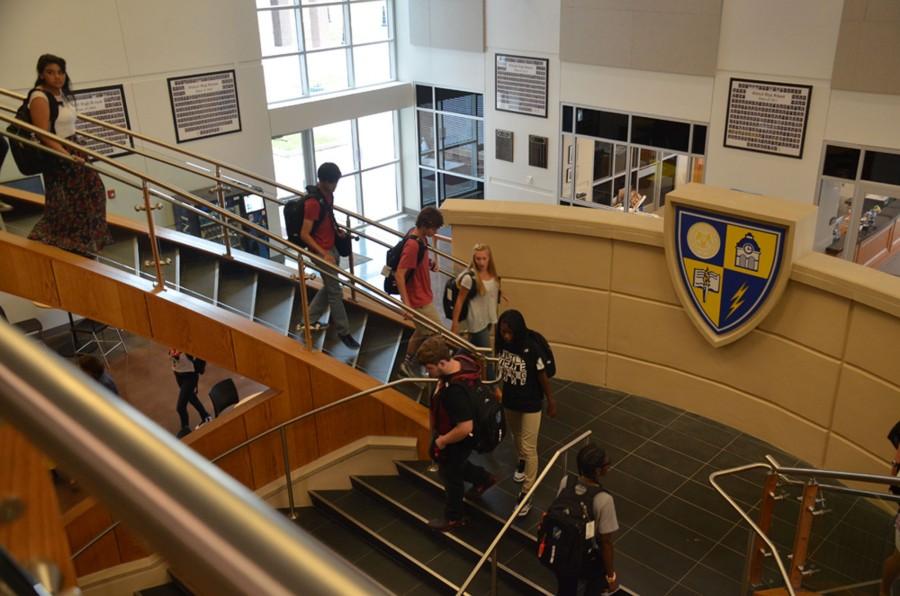Students struggle to adjust to flex schedule
February 18, 2016
After much debate among teachers and faculty members and plotting out the puzzle of how it would be arranged, flex scheduling is here to stay – looking like it is for the better.
With ever-so slightly shorter class periods and the addition of a “flex period,” many students have noted that the days seem to flow by more smoothly. The flex period allows students to work on homework, study for an upcoming test, or just simply give themselves a short break from a frantic work environment.
These privileges do not come without a price, however.
Due to the overall time increased in the classroom, doubled with the school’s understandable unwillingness to lengthen the school day yet again, transitionary periods in between classes have been reduced from 5 minutes to 4 minutes.
Upperclassmen of OHS might remember in their earlier years that at one time, 4 minutes was the normal standard. This was changed due to many complaints from students transitioning to the new school and the new campus’s larger area.
“From our sources,” said principal Bradley Roberson, citing one reason for the shift, “we found that a majority of the students were in class within 4 minutes. This also allowed an increase from the original plan for flex periods – from 20 minutes to 27 minutes.”
Now, with 1 minute less to reach their class, however, some students are having trouble reaching their classrooms before the tardy bell.
“Some teachers don’t let their students out at the tardy bell,” said sophomore Drew Tacke. “This can really mess with them and make them late.”
“I see a lot of people coming in late and one of my teachers has been frustrated by the amount of tardies.”
One of the most pressing reasons for tardiness is crowded, cluttered hallways in which students simply hang around and don’t follow basic etiquette, hindering or sometimes even completely blocking the flow. It is especially bad in the administrative hallway, so students having to move from one end of the school to the next might encounter many roadblocks on the way.
“I have seen a tremendous amount of tardiness in the history building, especially with kids coming in from the Math, Wisdom, and Band buildings,” said history teacher John Mistilis.
Mistilis also mentioned another issue of the shortened times that was unrelated to the issue of tardiness.
“Studies show that students have to have a longer time to empty themselves of the last class and shift their focus onto the next subject,” Mistilis said.
With the amount of tardies, some teachers have taken to being a little more lenient on their policies, including letting students drop their bags off in class and use the restroom at the very beginning of class if they need to.
With the problems of getting to class on time, Roberson has expressed a willingness to help out students who are struggling.
“When we call students up to the office for tardy reasons, we look at which classes they are occurring in,” Roberson said. “Then, we use our best judgement and find ways to reroute the student’s path.”
Students who wish for help on getting to class can now contact administrators for assistance. Staff have emphasized that the most important thing to do in this situation is to communicate.
“I think flex is a great thing and that it will stay,” Mistilis said, “but the question is if we can expect students on this huge campus to reach class in 4 minutes.”




